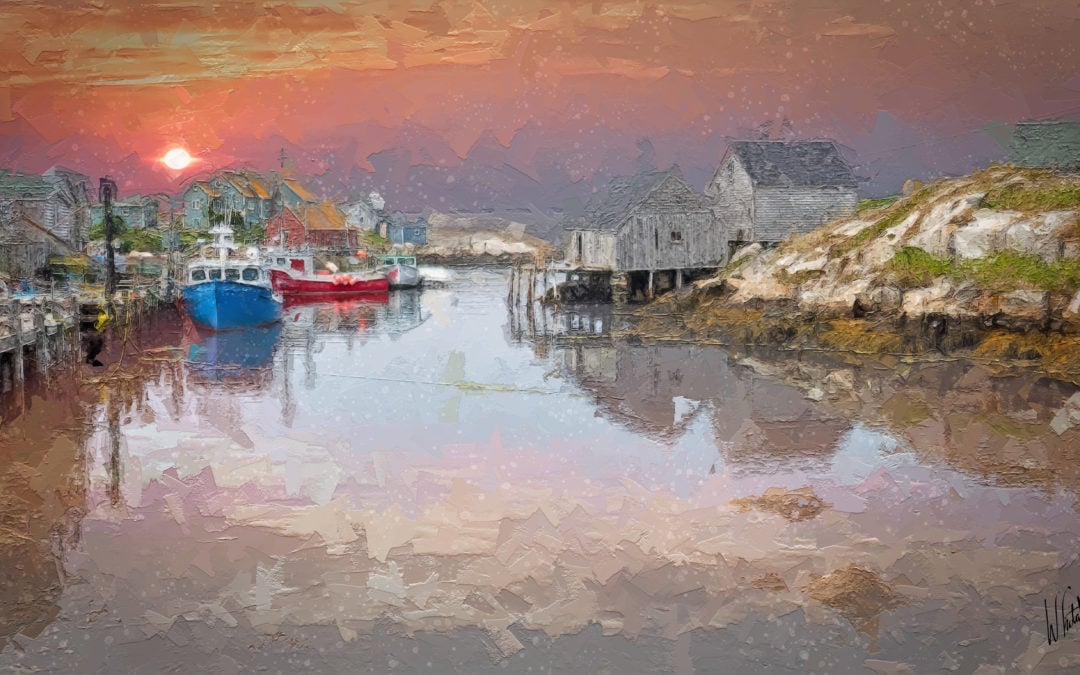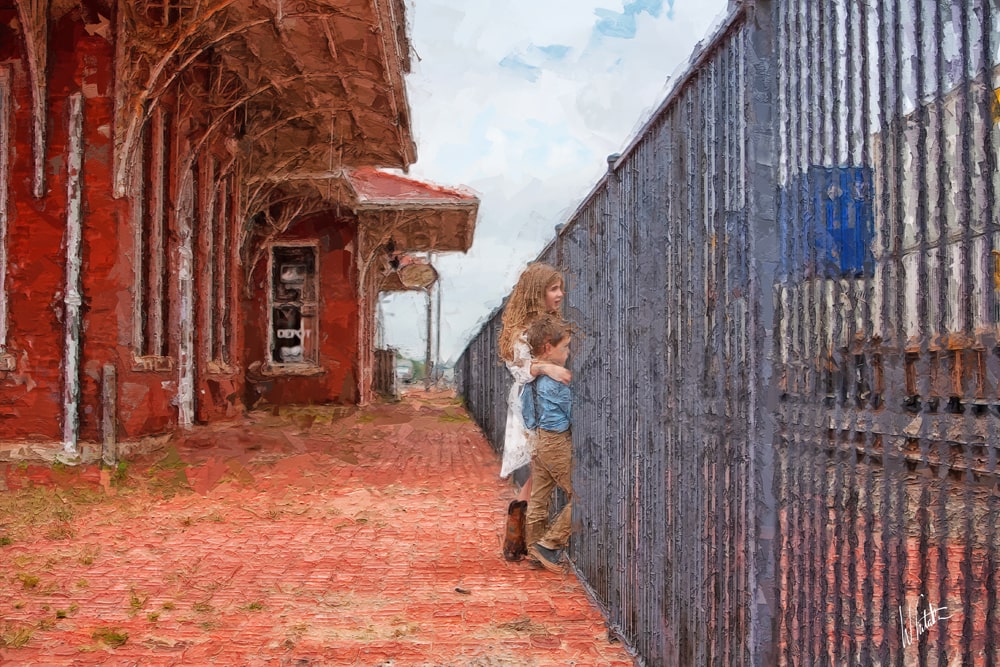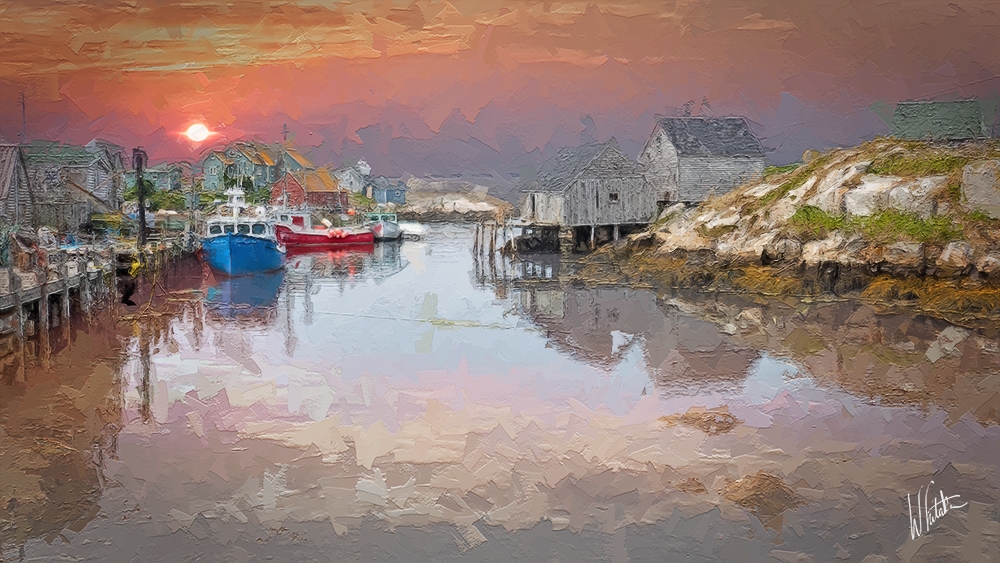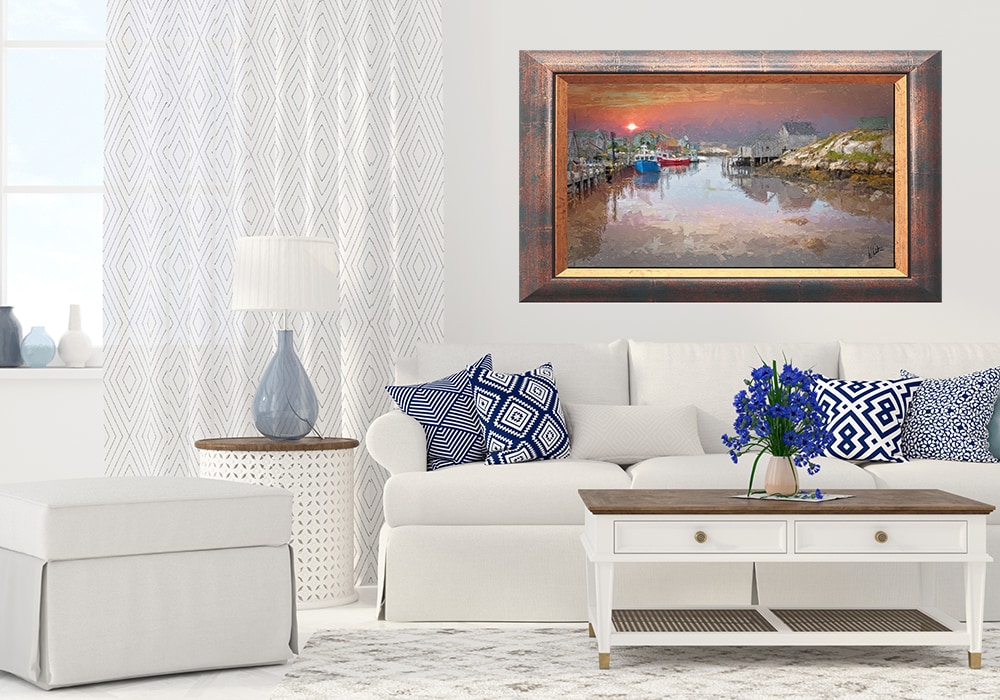Artistic Inspiration
Artistic Inspiration comes from many different places and from lots of different ideas. I think it is hard for an artist to describe what really makes them feel creative and to get that inspiration into their art. So, I have 5 key ideas here that I look for when I create a new painting.
Emotion – For me, I think this is the most important thing in my pieces.
I find artistic inspiration in the eyes of a child, a sunset, the ocean waves lapping onto the shore, the tears of the lonely, the loneliness of a landscape or the busy streets of a city. If it makes me feel something, if it moves my heart, then I know that it is the piece that I want to create. Pencil Kings puts it this way: When you make art, you’re making some deep connections. You’re combining your own emotions and conceptual associations with your technical knowledge. You’re trying to share your own experiences of life with those of your viewers. Whether you know it or not, you’re making emotional art.
In doing so, you’re calling on the subconscious parts of your mind when making decisions in your composition, subject matter and the colors you use.
Color
Choosing the right color palette for your piece can make all of the difference. Color creates mood. Whether your piece includes bright bold colors or has a monotone look, the color that you choose will give your piece the perfect mood. Flo Art Studio describes it well: Typically though, there is a universal meaning to colors, they evoke the same emotions. Color psychology is often used in advertising. Red is going to be an attention grabber, it’s bold and bright. White is going to be used to show cleanliness and freshness, and so on… It’s all about emotions. For instance:
- Red: excitement, anger, passion
- Yellow: warmth, energy
- Orange: happiness, dynamic
- Blue: soothing, calmness, sadness
When painting, it’s going to be all about warm colors and cold colors. When I choose colors for a new painting, this is what I have in mind first.
Subject
What is the subject of the painting? Is it a person, an animal, a still life? Agora Gallery states it perfectly: Only your own sustained spark of interest will give the finished work that absorbing, enticing quality.
Subject Placement.
For me, I look to place my subject in the “rule of thirds” for my paintings. Whether it is in the left upper third or the right lower third or even somewhere in-between, this allows my subject to be the most important part of the piece. Chris Legaspi of Creative Bloq says: The rule of thirds gives you a guide for placing focal points. If you design your focal points according to the intersections of any of the nine rectangles, your picture will have the counterbalance needed to make the composition more interesting and more compelling. Read more of Mr. Legaspi’s explanation of thirds here.
Choosing the Right Size.
Nothing looks worse than having a piece that is too small for your space. Saatchi Art says: In terms of size, aim to fill about two-thirds to three-fourths of your available wall space. If you are looking to hang a focal point above a piece of furniture—such as your couch, headboard, or dresser—follow the same proportions and find a work two-thirds to three-fourths smaller than your furniture. For instance, if your headboard is 60 inches wide, you should find a work around 40 to 45 inches wide.
When in doubt, go big: If you’re buying a work without measurements on hand, it’s typically safer to err on the larger side. You want your artwork to stand out and complement your space—empty wall space can overwhelm a work that is too small.
I hope these five ideas give you a better handle on choosing Artistic Inspiration for your space. To see more of my artwork, please visit my recent artwork page.







Recent Comments